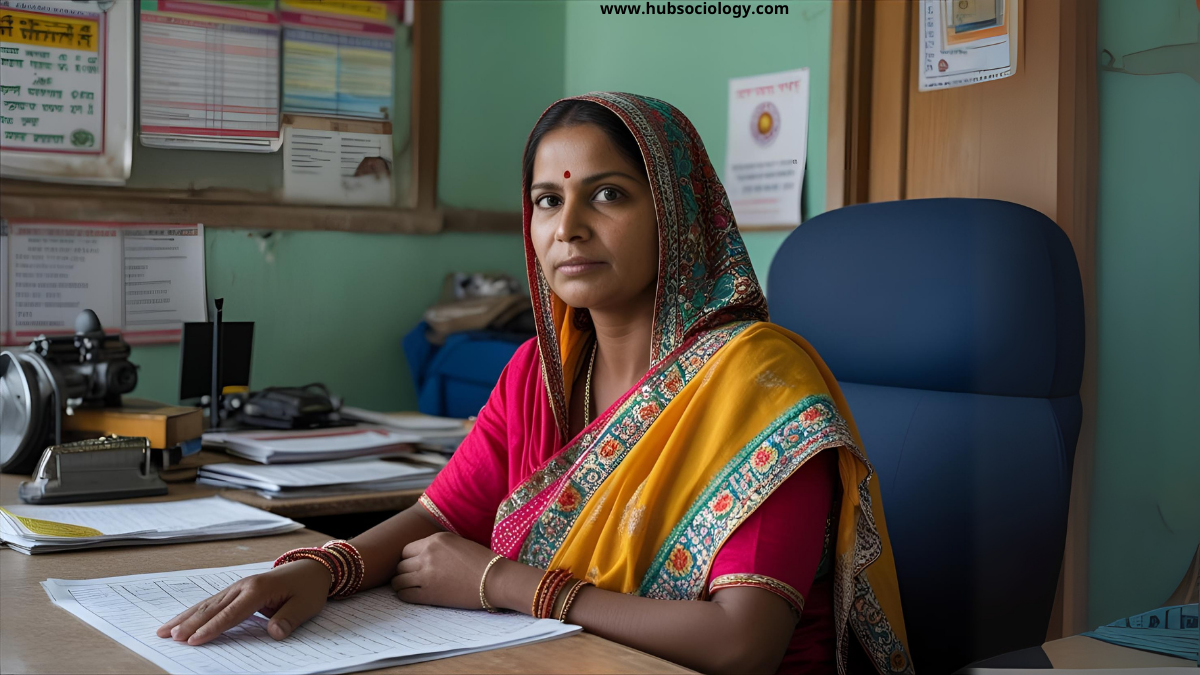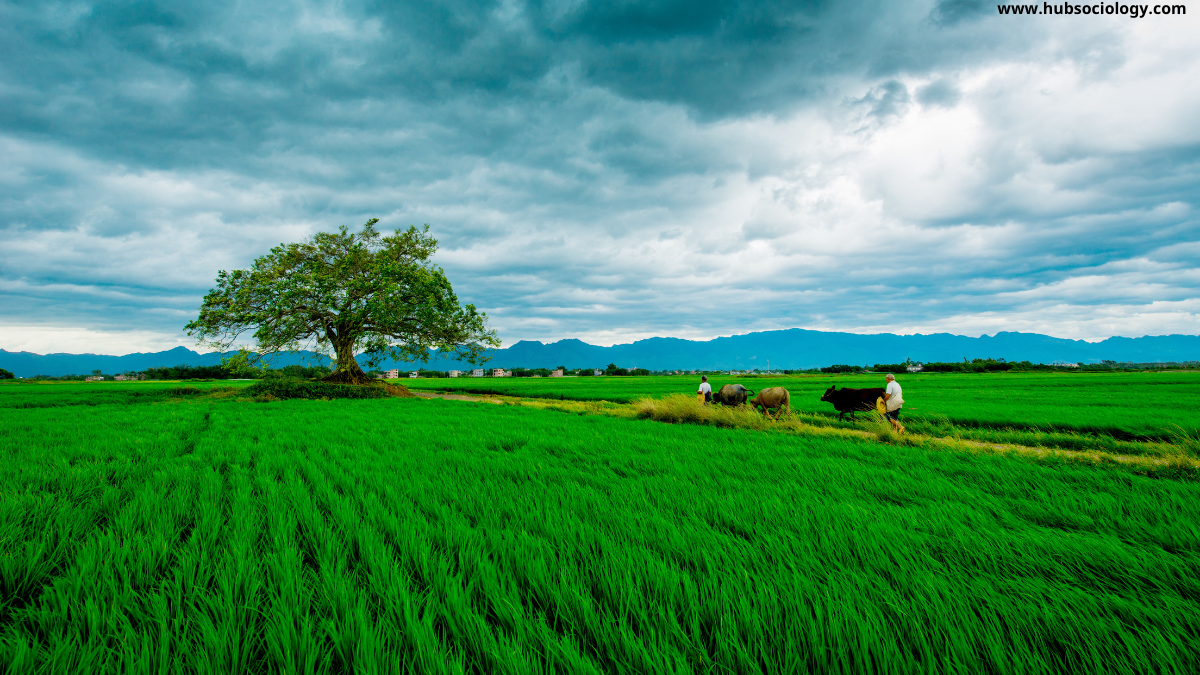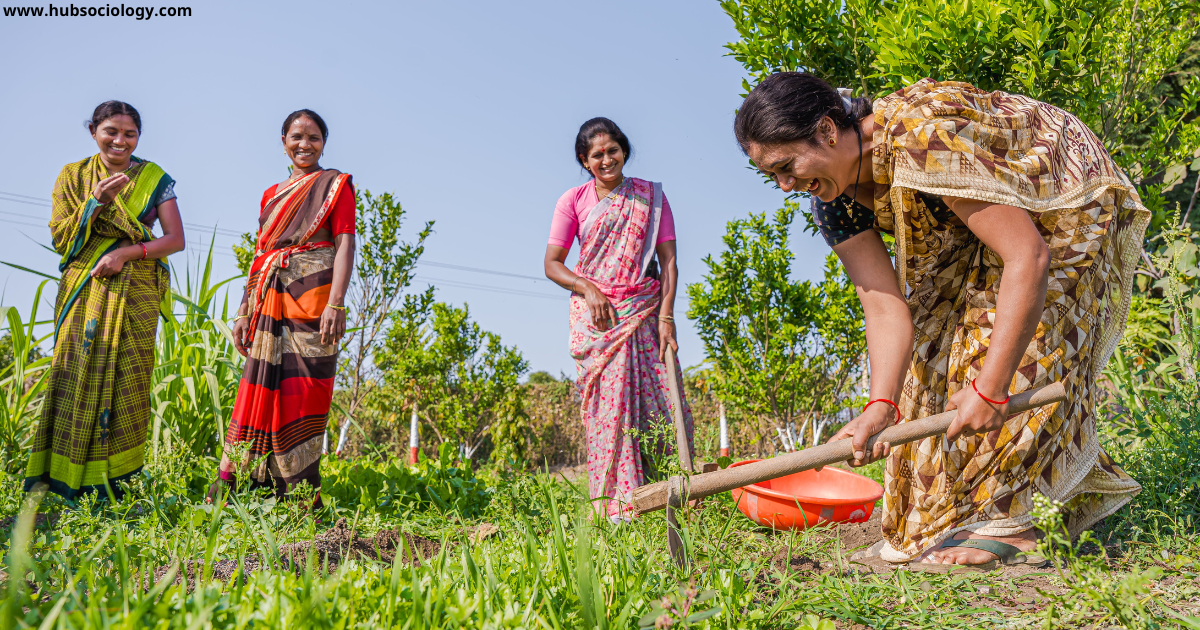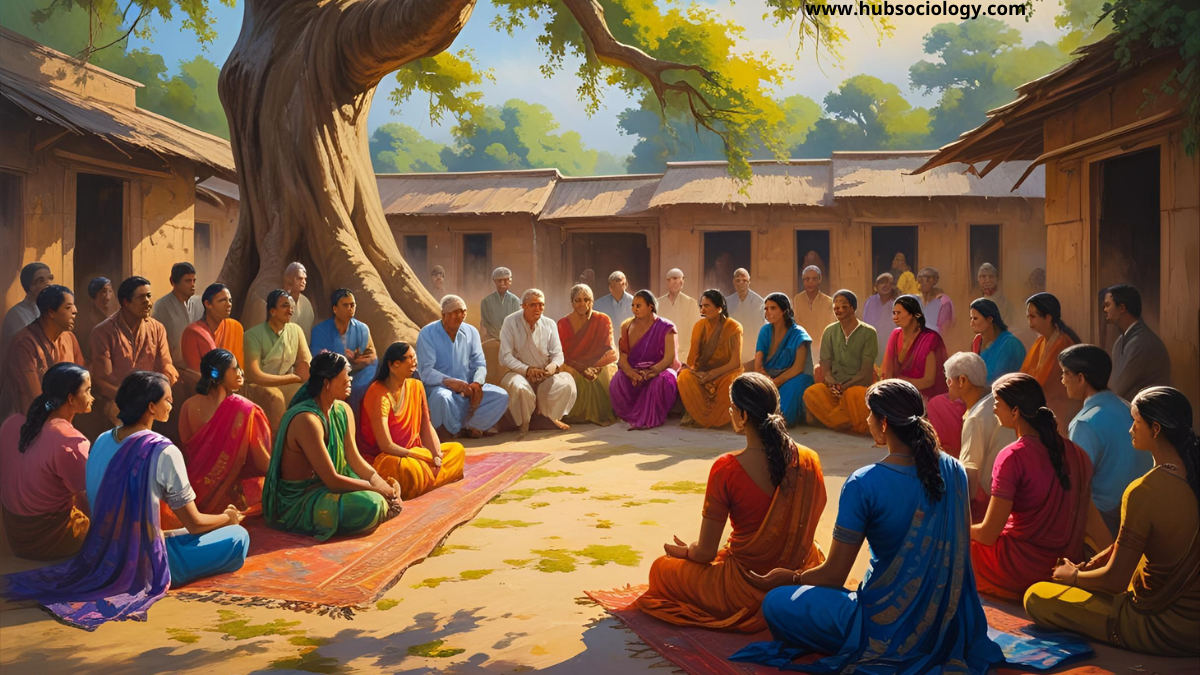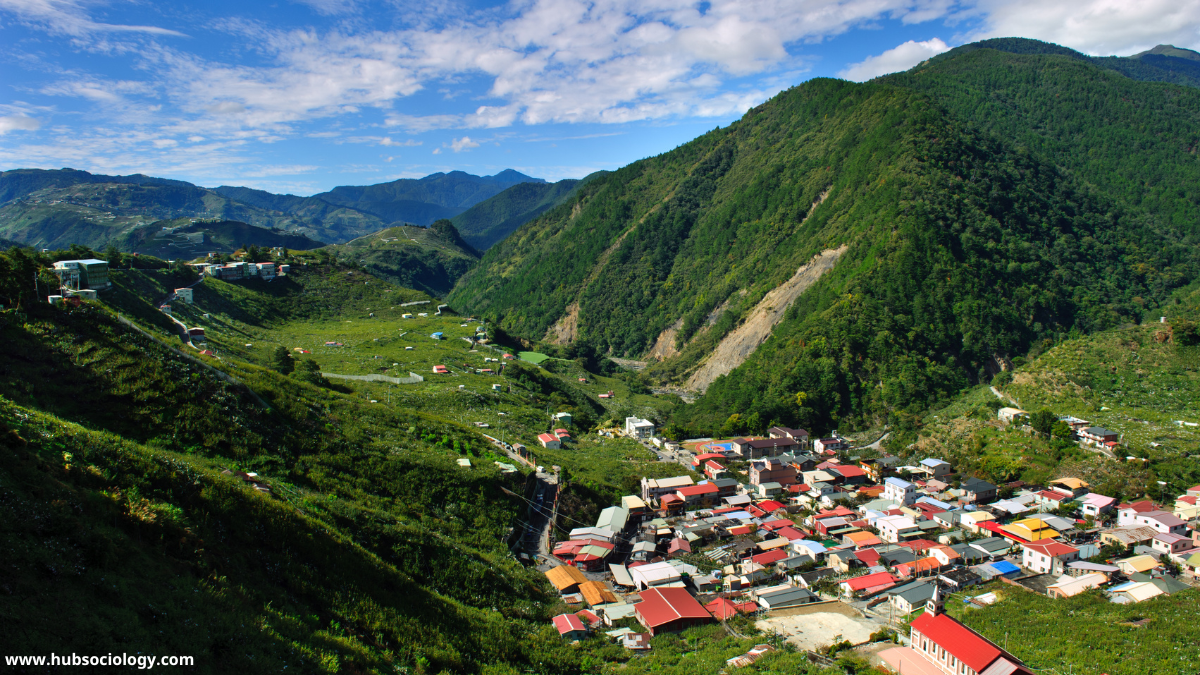Education and Social Mobility in South Asia: A Sociological Crucible
Introduction on Education and Social Mobility Education is universally heralded as the great equalizer, the most potent vehicle for social mobility, capable of lifting individuals from the confines of their birth and granting them access to better opportunities. In the diverse and densely populated region of South Asia—encompassing Bangladesh, India, Nepal, Pakistan, and Sri Lanka—this … Read more




